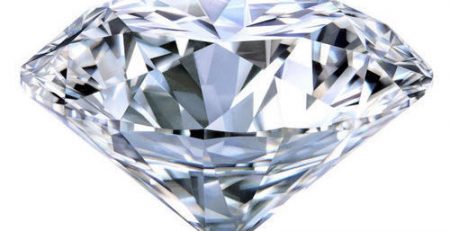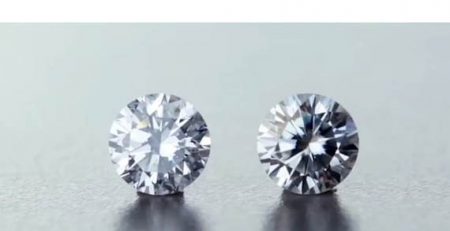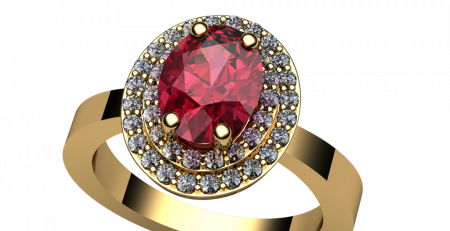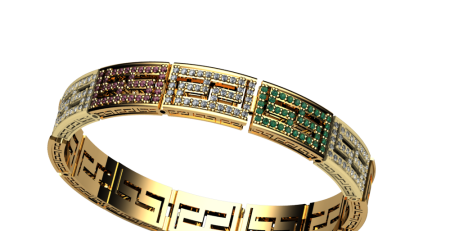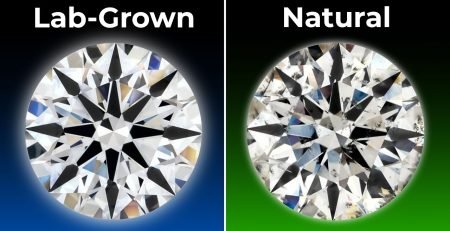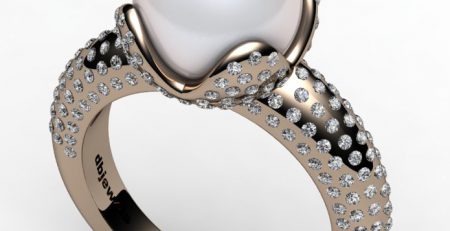Emerald – The gemstone of month May
Green is the color of spring and has long symbolized love and rebirth. As the gem of Venus, it is also considered to aid in fertility.
Cleopatra, Egypt’s tempestuous female monarch, was as famous for wearing Emeralds as Liz Taylor is for wearing diamonds. Ancient Egyptian mummies were often buried wearing an Emerald carved with the symbol of verdure – flourishing greenness – on their necks to symbolize eternal youth.
A deeper and more vivid color of green signifies a more valuable gemstone. The most valuable and beautiful Emeralds exhibit an intense bluish hue in addition to their bold green color. Emeralds, among the rarest of gems, are almost always found with birthmarks, also known as inclusions. Some inclusions are expected and do not detract from the value of the stone as much as with other gemstones.
Emerald has been synonymous with the color green since ancient times. A fine emerald is a truly breathtaking sight, and this member of the beryl family deserves its placement among the traditional “Big Four” gems, along with diamond, ruby, and sapphire.
It is the world’s most popular green gem. It is the green variety of the mineral beryl. Emeralds range in color from slightly yellowish green, to pure green, to slightly bluish green. Pure green emeralds are the most popular and valuable.
Emerald can be a costly gem, and it often lacks the high level of clarity that many people desire. For that reason, lab-grown emeralds have become a popular option in birthstone jewelry. Lab-grown emeralds can be purchased at a small fraction of the cost of a natural emerald of similar size, color, and clarity. The buyer and the recipient of an emerald birthstone gift might be pleased with this option
Color: Deep to medium green, blueish green.
Crystallography: Hexagonal
Hardness: 7.5-8
Major Sources: Colombia, Brazil, Zambia, Zimbabwe, Madagascar, and Nigeria


